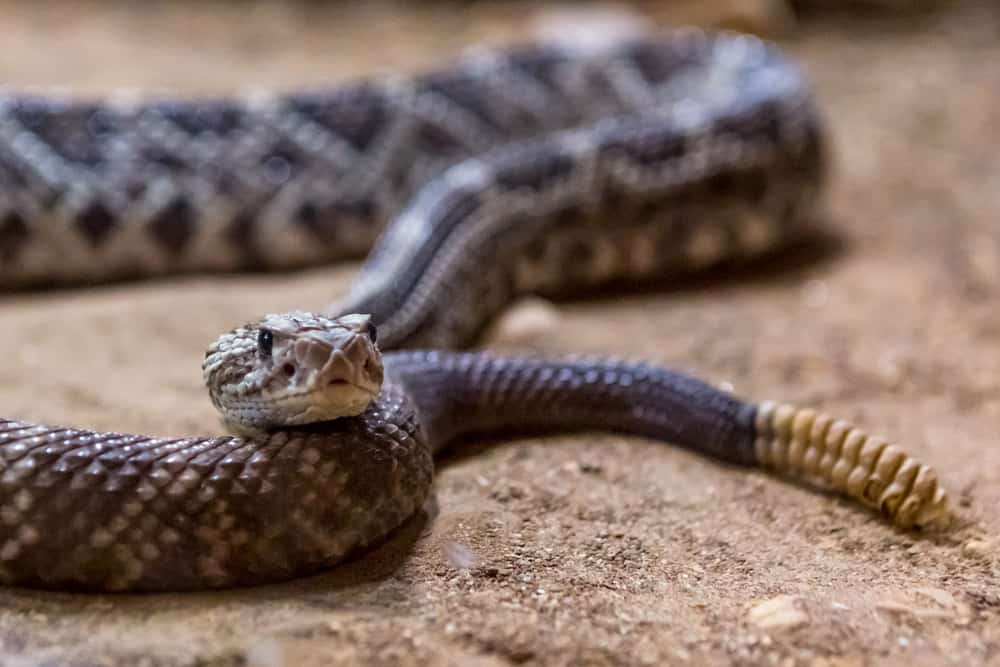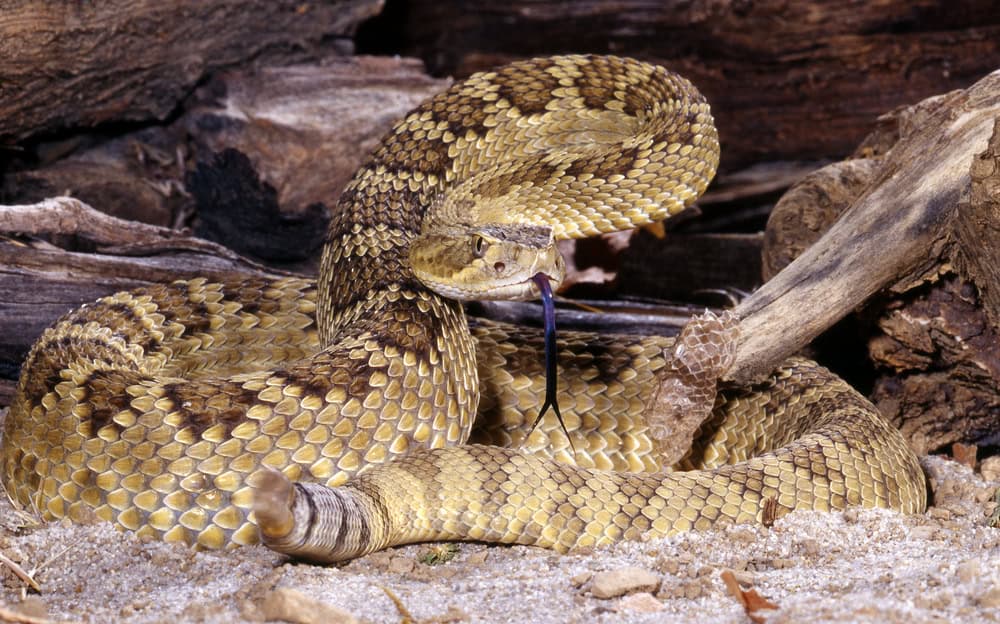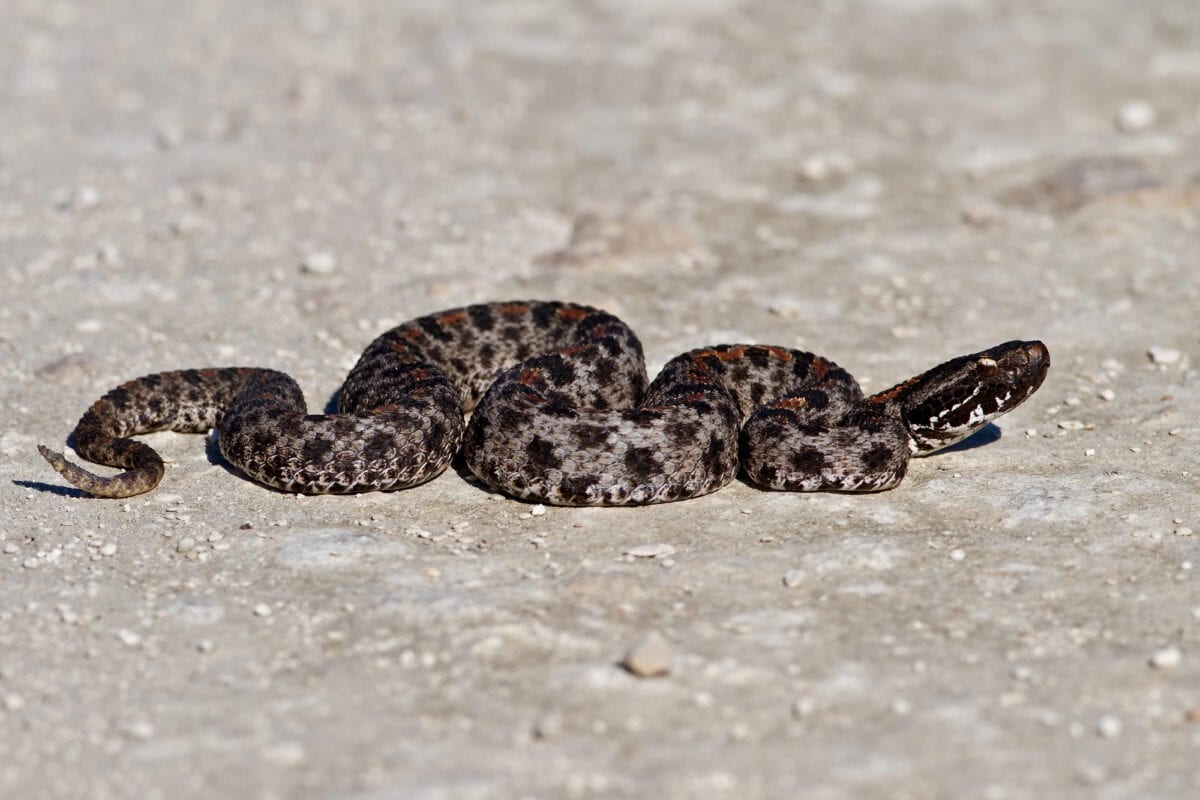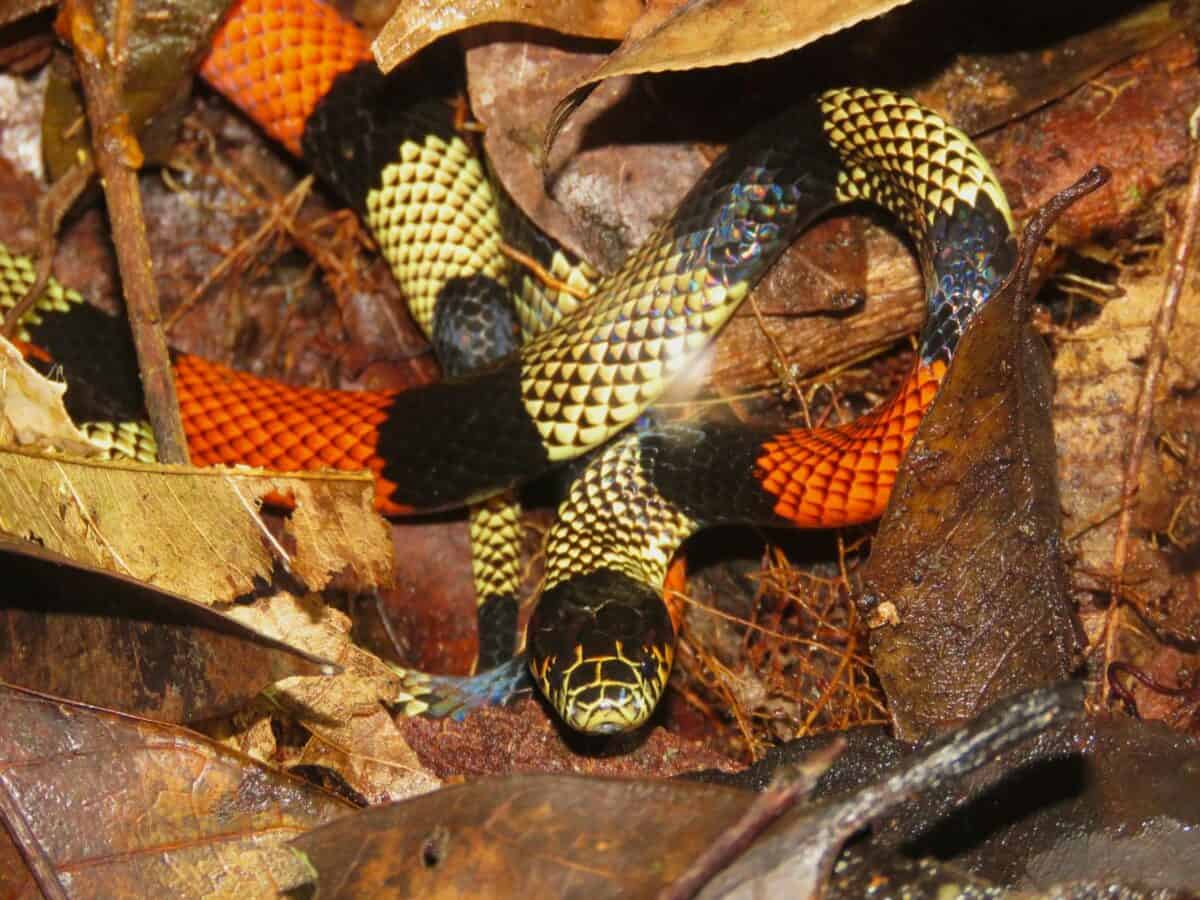Snakes evoke a primal fear in many people, yet they hold a fascinating place within our ecosystem. While the United States is home to numerous snake species, only a few are venomous—and some might be lurking closer to home than you’d expect. This article explores the most venomous snakes you might encounter in your backyard and sheds light on their characteristics, behavior, and the importance of understanding and respecting these remarkable reptiles.
Cottonmouth

Commonly known as the water moccasin, the cottonmouth is a semi-aquatic pit viper found predominantly in the southeastern United States. This snake is infamous for its defensive display, where it shows the pale whitish interior of its mouth to deter predators. Cottonmouths are often found in or around water bodies, such as rivers, swamps, or lakes, making them a presence in both rural and suburban backyards near these environments.
Copperhead

Copperheads are perhaps the most common venomous snake homeowners might encounter in their yards. Named for their distinctive copper-colored heads, these snakes boast excellent camouflage, blending in seamlessly with leaf litter and forest floors. Copperheads are primarily found in the eastern and central United States, often residing in wooded areas and rocky outcrops.
Eastern Diamondback Rattlesnake

The eastern diamondback rattlesnake is the largest venomous snake in North America, recognized by the distinctive diamond pattern on its back. Found in the southeastern coastal plains, these powerful predators often inhabit pine flatwoods, sandhills, and coastal scrub habitats. While they can deliver a large dose of venom, human encounters are relatively rare, as these snakes are generally reclusive.
Western Diamondback Rattlesnake

Widely distributed across the southwestern United States, the western diamondback rattlesnake is known for its aggressive rattling behavior when threatened. This species often wanders into backyards in arid environments, especially those close to their natural desert or grassland habitats. While bites are uncommon, they do pose significant risks due to the potency of their venom.
Timber Rattlesnake

Adept at living in a variety of habitats, from moist lowlands to high-elevation forests, the timber rattlesnake has a wide distribution from the southeastern United States to the Appalachian Mountains. Known for its ability to climb trees, this snake can sometimes surprise homeowners by appearing at higher elevations around human dwellings.
Prairie Rattlesnake

The prairie rattlesnake inhabits the open plains and grasslands of the central United States. Known for its adaptive hunting strategies, this snake can migrate into suburban areas while searching for food. Although usually non-aggressive, it is important to exercise caution due to its potent venom.
Sidewinder

Named for its unique sideways locomotion across sand dunes, the sidewinder rattlesnake is found in the deserts of the southwestern United States. These snakes rely on their remarkable speed and camouflage to evade detection, preferring sandy areas but occasionally entering nearby yards in search of prey.
Mojave Rattlesnake

Often cited as one of the most venomous rattlesnakes in North America, the Mojave rattlesnake inhabits the arid desert regions of the southwestern U.S. Its venom has neurotoxic properties, making it particularly dangerous to humans. Recognizing its unique greenish hue and attentive behavior can help in avoiding unintentional encounters.
Pygmy Rattlesnake

Despite their diminutive size, pygmy rattlesnakes pack a venomous punch. Found in the southeastern United States, these snakes often dwell in wooded and marshy areas. Their small size enables them to go unnoticed, yet their venom can cause painful bites, though it is rarely fatal to humans.
Coral Snake

With their bright bands of red, yellow, and black, coral snakes are as beautiful as they are dangerous. Found in the southern United States, these secretive snakes usually reside underground or under forest debris. Though rarely encountered, their neurotoxic venom requires prompt medical attention if bitten.
Massasauga

The eastern massasauga rattlesnake is a smaller, elusive species often found in wetland areas in the Midwest. Camouflaged by its muted color patterns, the massasauga tends to avoid human interaction, yet its venomous nature requires awareness if it resides near your home.
Western Coral Snake

Residing in the deserts of Arizona and New Mexico, the western coral snake shares the striking coloration of its eastern relatives. These snakes spend much of their lives hidden beneath the sand or rocks, but their potent neurotoxic venom makes them a snake to respect from a distance.
Concluding Thoughts

Understanding the variety of venomous snakes that might inhabit or visit your backyard is crucial for promoting safety and coexistence. While these snakes can pose serious health risks, they also play vital roles in controlling pest populations. Always remember, most snake bites occur when people attempt to handle or harm the snake. Learning to identify and respect these incredible creatures can lead to safer, more informed interactions in the great outdoors.
- The Most Venomous Snakes Hiding in US Backyards - August 12, 2025
- This Dog Holds the Record for Most Words Understood by a Pet! - August 12, 2025
- Penguins Stay Warm in Freezing Waters With a Secret Superpower - August 11, 2025

